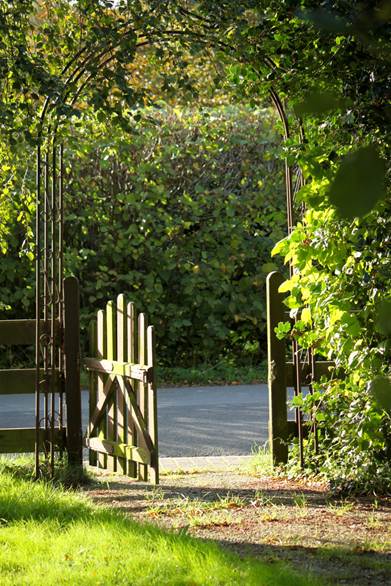
Last year I wrote a post titled
‘ResearchGate Reviewed’ which outlined the pros and cons for BU researchers using ResearchGate. Here again I thought I’d summarise here what ResearchGate is and more importantly what it isn’t…
ResearchGate in a nutshell…..
ResearchGate is a social networking site for researchers (particularly those engaged in broadly scientific research) to share papers, ask questions and find collaborators.
What is it?
ResearchGate’s mission is “to connect researchers and make it easy for them to share and access scientific output, knowledge, and expertise”. It has similar features to networking sites such as Facebook, Twitter and LinkedIn where users can create profiles, like and follow researchers and their publications, ask questions, feedback and share news items and updates.
It is free to join and currently has about 6 million members across the world. Once you have a profile, ResearchGate will email you with publication updates from those researchers you are following and developments in your skilled areas of research. On your home page it will include a live feed of activity from your connected researchers, display jobs you may be interested in and suggest connections to related researchers.
What isn’t it?
Accessing documents usually requires an account so ResearchGate is not considered to be Open Access.
(Why) should I use it?
ResearchGate is growing fast and is a useful tool for researchers to promote their work. However, if a researcher’s sole aim is promote their work then ResearchGate alone will probably not be sufficient and they should also consider using ResearchGate in conjunction with other sites such as Academia.edu, Mendeley, Google Scholar, figshare and others. Activity and membership varies from one site to another and from one discipline to another, so researchers will need to investigate for themselves in order to evaluate potential value.
Uploading research outputs to ResearchGate will not meet funder policy requirements for Open Access or Research Data Management; on the contrary you may be in breach of the publisher policy.
ResearchGate was built by scientists for scientists in 2008 and has received more than $35 million in investment capital over its lifetime from investors such as Bill Gates and Tenaya Capital.
(How) Does it fit with all the others?
You can add links in your profile to Facebook, Twitter, LinkedIn, Skype, your website and include your ORCID ID.
Our verdict:
A great networking tool but has limitations which researchers should be wary of . The more effort you put into maintaining and regularly updating your profile, the more you will get out of ResearchGate.
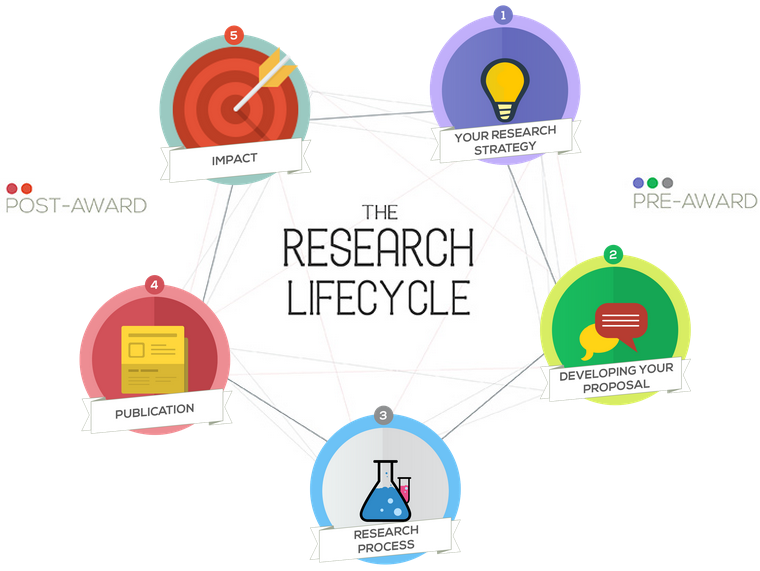


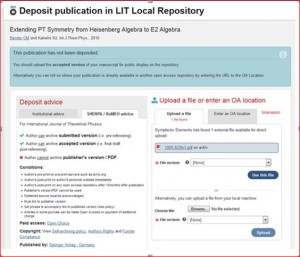




 Weathering the rain, the event kicked off with a reflective exercise called ‘Analogue Twitter.’ Participants were asked to write down a story of their research in 140 characters or less. From sports management to midwifery, research stories spanned the disciplines.
Weathering the rain, the event kicked off with a reflective exercise called ‘Analogue Twitter.’ Participants were asked to write down a story of their research in 140 characters or less. From sports management to midwifery, research stories spanned the disciplines.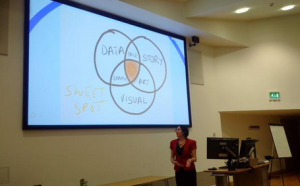

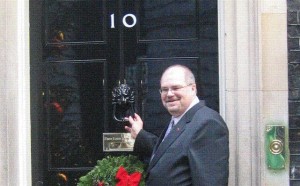


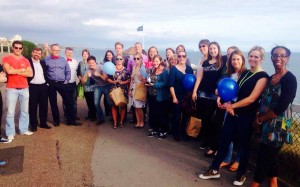





















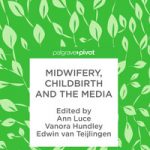 The Beautiful Work Challenge: On Birth
The Beautiful Work Challenge: On Birth Free event on Solutions to Inequalities in Dementia Diagnosis and Care
Free event on Solutions to Inequalities in Dementia Diagnosis and Care BU attendance at third annual GCPHR meeting in June
BU attendance at third annual GCPHR meeting in June Interactive Tangible and Intangible Heritage Applications – BU student work featured in new book chapter
Interactive Tangible and Intangible Heritage Applications – BU student work featured in new book chapter MSCA Postdoctoral Fellowships 2025 Call
MSCA Postdoctoral Fellowships 2025 Call ERC Advanced Grant 2025 Webinar
ERC Advanced Grant 2025 Webinar Horizon Europe Work Programme 2025 Published
Horizon Europe Work Programme 2025 Published Horizon Europe 2025 Work Programme pre-Published
Horizon Europe 2025 Work Programme pre-Published Update on UKRO services
Update on UKRO services European research project exploring use of ‘virtual twins’ to better manage metabolic associated fatty liver disease
European research project exploring use of ‘virtual twins’ to better manage metabolic associated fatty liver disease